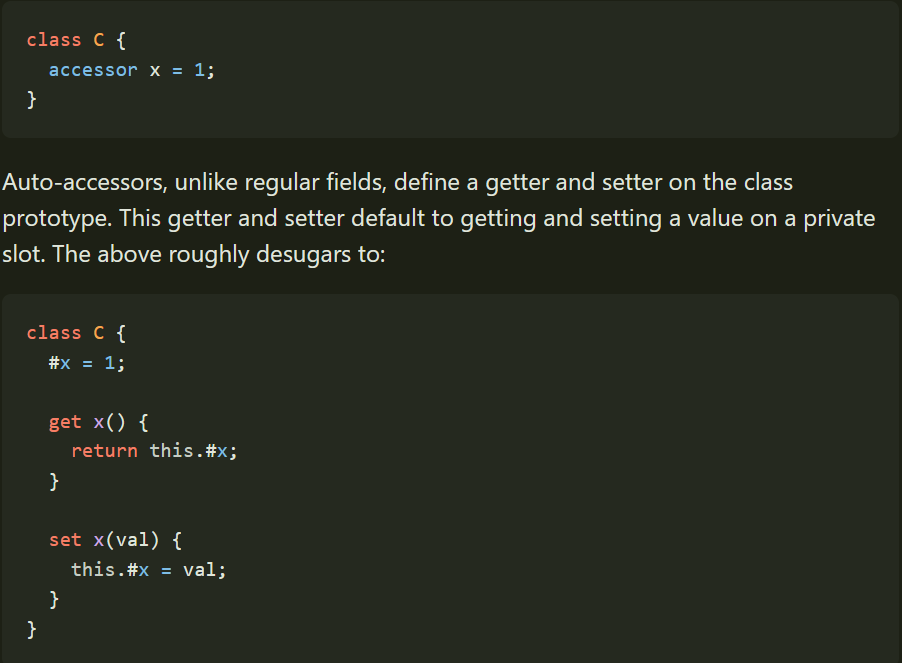Decorators are a powerful feature in programming languages like Python, allowing developers to modify the behavior of functions or methods conveniently. However, encountering the error “decorators are not valid here” can be frustrating. Through my journey as a software developer, I’ve faced this issue numerous times. In this article, I will share my insights and experiences to help you understand why this error occurs and how to avoid it.
What Are Decorators?
Before diving into the error message, it is essential to understand what decorators are. A decorator is essentially a function that takes another function and extends its behavior without explicitly modifying it. They are often used for logging, enforcing access control, instrumentation, and caching.
The Syntax of Decorators
Here’s a simple example of how decorators work:
def simple_decorator(func):
def wrapper():
print("Something is happening before the function is called.")
func()
print("Something is happening after the function is called.")
return wrapper
@simple_decorator
def say_hello():
print("Hello!")
say_hello()In this example, the simple_decorator function is applied to say_hello. When say_hello is called, it actually calls the wrapper function defined inside the decorator.

Common Reasons for the Error: “Decorators Are Not Valid Here”
Now, let’s explore why you might encounter the “decorators are not valid here” error message. This error usually arises in a few common situations.
1. Misplaced Decorators
One of the most common mistakes is placing the decorator in the wrong location. In Python, decorators must directly precede the function definition. For example:
@my_decorator
def my_function(): # This is correct
pass
 def another_function():
@my_decorator # Incorrect placement
def inner_function():
pass
def another_function():
@my_decorator # Incorrect placement
def inner_function():
passThe decorator should be directly above the function it is intended to decorate.
2. Using Decorators on Non-Callable Objects
Decorators are meant to be applied to callable objects (functions, methods). When you try to apply a decorator to a non-callable item such as a string or a variable, you will encounter a similar error.

3. Syntax Errors in Decorators
Errors in your decorator’s syntax can also lead to confusion. Ensure that you are defining your decorator correctly and that it is returning a callable object.
Comparison of Decorator Use Cases
| Use Case | Description | Pros | Cons |
|---|---|---|---|
| Logging | Record function calls and their parameters. | Easy to implement; reusable. | Can clutter output if not managed. |
| Access Control | Check user permissions before executing a function. | Enhances security; easy to maintain. | Can complicate debugging. |
| Caching | Store results of expensive function calls. | Improves performance; saves resources. | Increased memory usage; cache invalidation is tricky. |

Best Practices for Using Decorators
To make the most out of decorators and avoid common pitfalls, consider the following best practices:
1. Clearly Define Your Decorators
Your decorators should have a clear purpose. Avoid combining multiple responsibilities in a single decorator to maintain clarity and reusability.

2. Use @functools.wraps
When defining your decorators, use @functools.wraps(func) to ensure that the decorated function retains its original name and docstring. This is crucial for debugging and maintaining clarity in your code.
3. Test Your Decorators Thoroughly
Before deploying your code, ensure that you test your decorators in various scenarios to verify they behave as expected.

Pros and Cons of Using Decorators
Advantages of Using Decorators
- Code Reusability: Decorators allow you to abstract repetitive logic into a single location.
- Enhances Functionality: You can easily add additional features to functions without modifying their internal logic.
- Improves Code Readability: Well-structured decorators can enhance the readability and maintainability of code.
Disadvantages of Using Decorators
- Complexity: Decorators can add an extra layer of complexity to your code.
- Debugging Challenges: Errors related to decorators can be difficult to trace.
- Overhead: Depending on the implementation, decorators can introduce performance overhead.
Personal Experience: Learning from Mistakes
Early in my coding career, I encountered the “decorators are not valid here” error far too often. It often stemmed from misplaced decorators or misunderstanding the syntax. One particularly memorable incident involved a caching decorator. I had forgotten to wrap my function with the right syntax, and as a result, the application crashed. However, that experience taught me the importance of careful structuring and testing.
Common FAQs About Decorators
What are decorators in Python?
Decorators are functions that modify the behavior of other functions. They are defined with the “@” symbol above the function you want to decorate.
Why do I get “decorators are not valid here” error?
This error usually occurs due to misplaced decorators, using them on non-callable objects, or syntax errors in your decorator definition.
Can I use multiple decorators on a single function?
Yes, you can stack multiple decorators on a single function by placing them one above the other, each prefixed by the “@” symbol.
What is the purpose of functools.wraps?
functools.wraps is used in decorators to preserve the function’s metadata, like its name and docstring, which is crucial for documentation and debugging.
Conclusion
Understanding decorators and the common pitfalls associated with them is crucial for any developer. The “decorators are not valid here” error is a common hurdle that can be avoided with a clear structure and a solid understanding of how decorators function. By implementing best practices and learning from my experiences, you’ll be well on your way to leveraging the full power of decorators in your programming endeavors.
